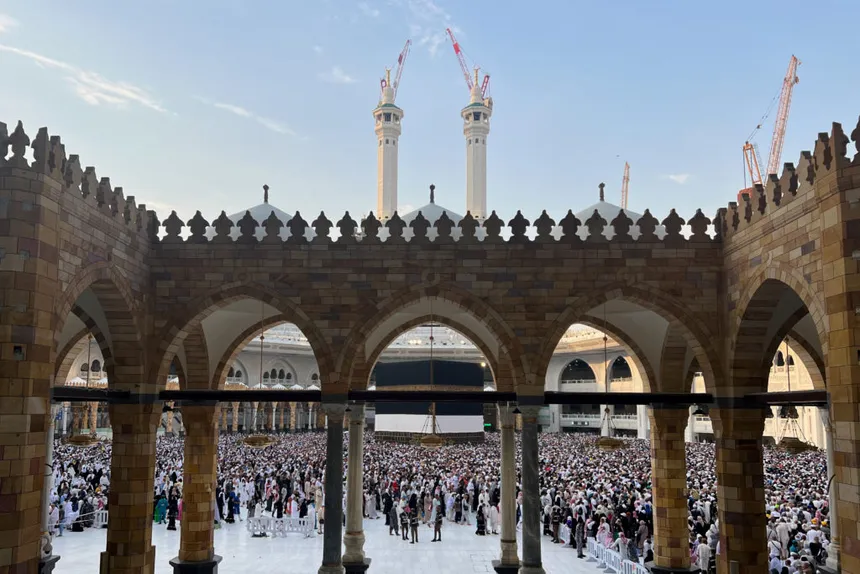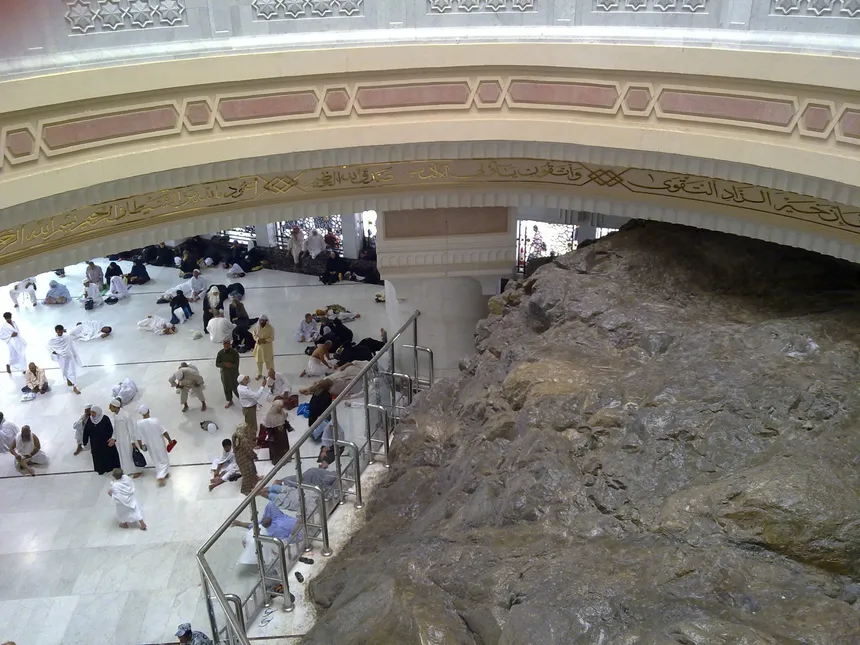As the sun beat down on the hot Saudi desert sands, more than 2,000 people suffered from heat stress during the hajj pilgrimage, Saudi officials announced on Thursday. Temperatures soared to a scorching 48 degrees Celsius (118 degrees Fahrenheit) as over 1.8 million Muslim worshippers converged on the holy sites, most of which were held outdoors.
Elderly pilgrims, many from Indonesia, were among the thousands affected, after a Covid-era maximum age limit was scrapped. The Saudi health ministry recorded over 1,700 heat stress cases on Thursday, just one day after the main rituals finished. This number adds to the 287 reported earlier.
The heat wave proved to be a major challenge for the hajj pilgrims, with many struggling to cope with the sweltering temperatures. In fact, officials did not provide a death toll, but at least 230 people from various countries, including 209 from Indonesia, died during the pilgrimage. The causes of death were varied, with many attributed to heart and respiratory ailments, rather than heatstroke.
However, some pilgrims did experience heat-related illnesses, including fainting due to the extreme heat. One such example is an Iranian pilgrim, aged 114, who died from a heart attack, according to the semi-official Fars news agency. A total of 10 Iranian pilgrims lost their lives during the hajj.

Other countries also reported deaths, including Algeria, Morocco, and Egypt. In addition, hundreds of pilgrims were treated for heart problems, including a 78-year-old Filipino man who underwent successful open-heart surgery in Mecca.
While the official number of heat stress cases is staggering, it is likely that the real figure is much higher, as many sufferers may not have sought medical attention. The extreme heat was a major challenge for the kingdom, which dispatched thousands of paramedics and set up field hospitals to contain the risks.
The hajj has a history of deadly catastrophes, including crowd crushes and militant attacks. However, this year’s main challenge came from the extreme temperatures, which are expected to become even more severe in the future. According to the United Nations’ intergovernmental panel on climate change, parts of the Gulf region could become uninhabitable by the end of the century due to global warming.
Temperatures of 50 degrees Celsius (122 degrees Fahrenheit) could become an annual occurrence by the end of the century, experts warn. As the world grapples with the impact of climate change, the heat wave hitting the hajj pilgrims in Saudi Arabia serves as a stark reminder of the devastating effects it can have on human lives.
